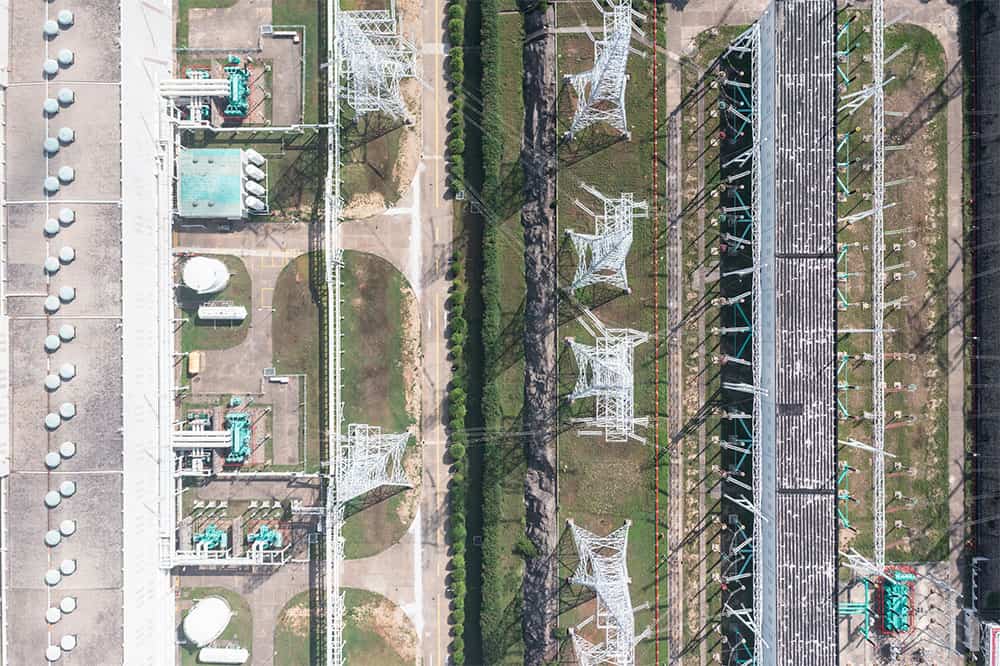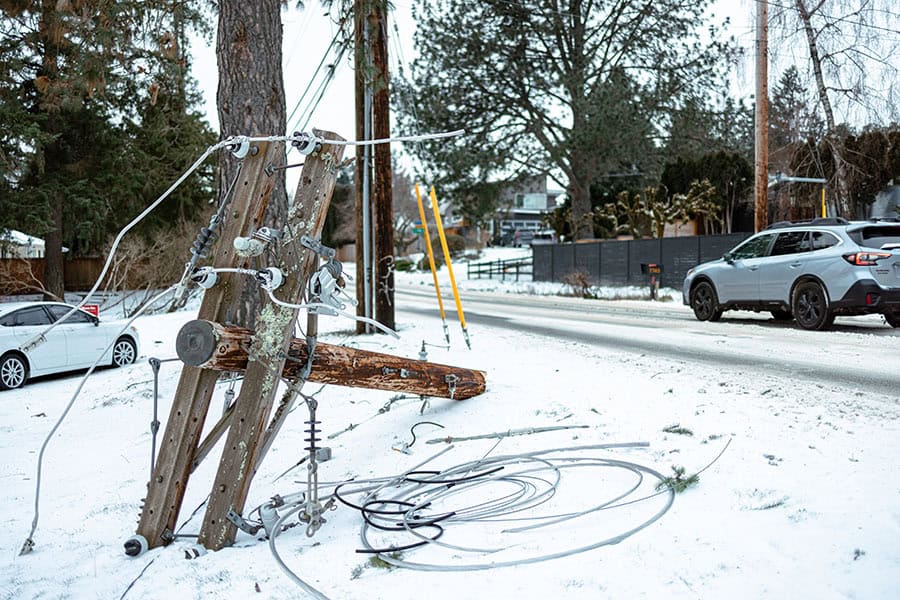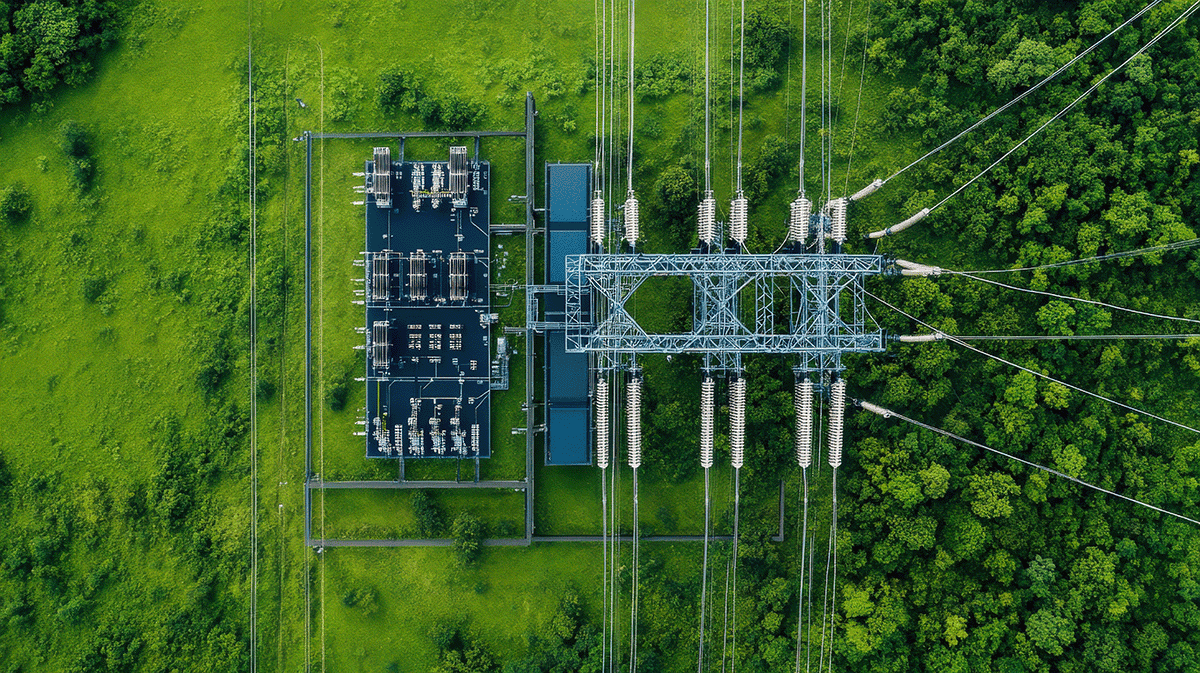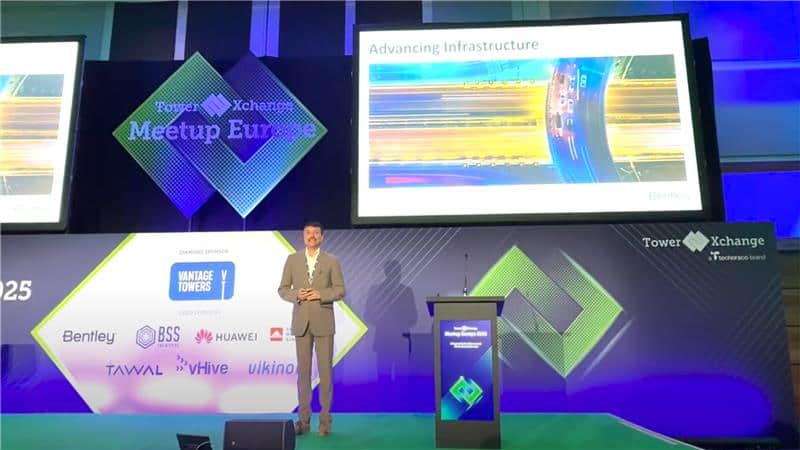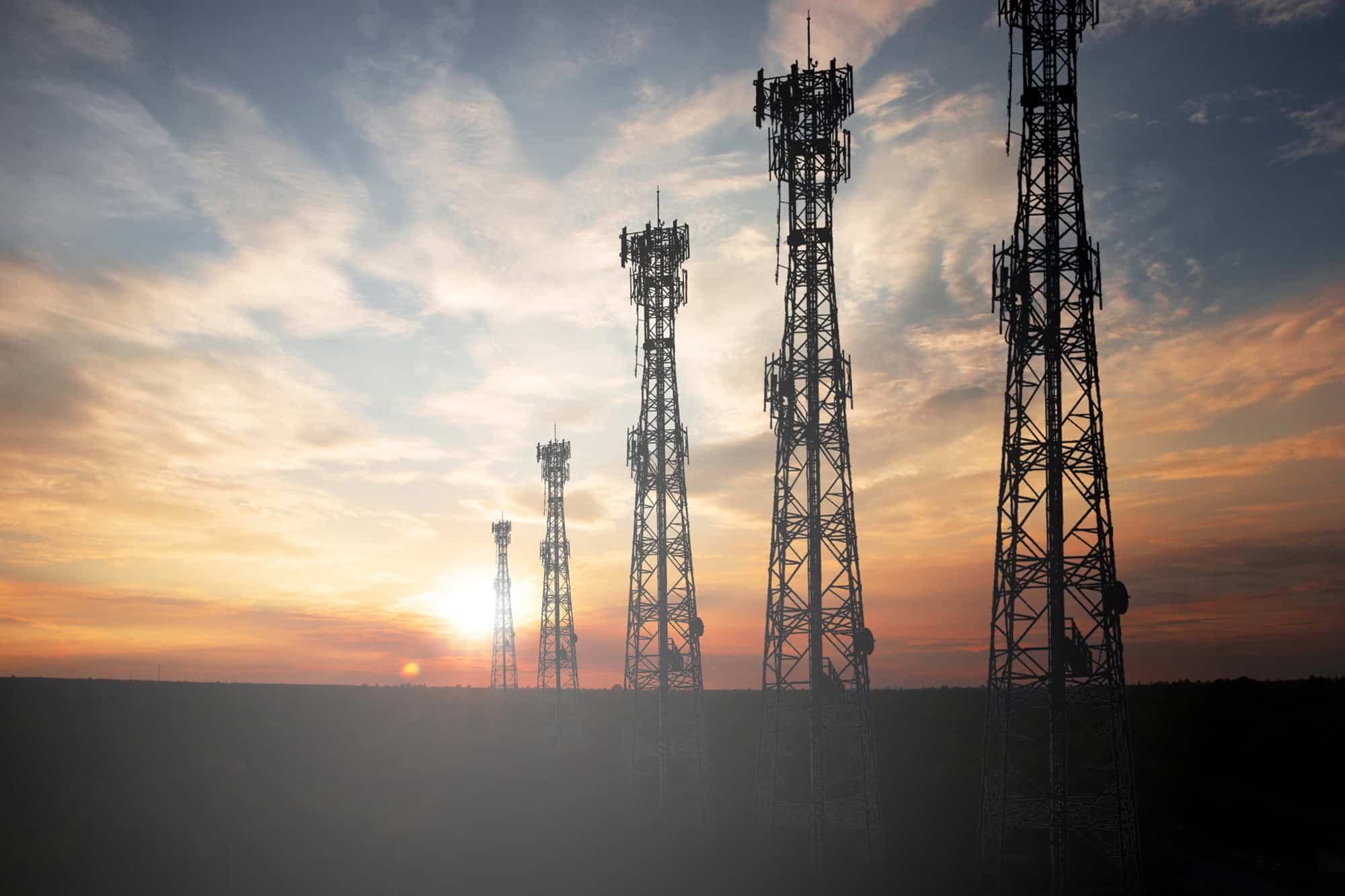“American households and businesses are driving what is the largest growth in energy demand in the past two decades,” said Otto Lynch of Power Line Systems (PLS), part of Bentley. This increase in growth is being driven by the electrification of everyday life. From the rise of electric vehicles and the infrastructure needed to support them to the explosive expansion of AI and data centers across the country.
However, while demand is soaring, the nation’s energy infrastructure is struggling to keep pace.
- The U.S. energy grid’s grade dropped from C to D+ in the 2025 Infrastructure Report Card
- To meet projected needs, the country must add 35 gigawatts of capacity by 2030
- Even with big federal investments, there’s still a USD 600 billion funding gap
At the 2025 Report Card Release & Solutions Summit, hosted by the American Society of Civil Engineers (ASCE), a panel of energy industry leaders gathered to dive into these pressing issues. In the session Powering America – Solutions to Improve America’s Energy Grid, the panelists offered practical insights to resolve immediate challenges and forward-thinking strategies to enhance grid resilience and reliability.
Panelists included:
- Otto Lynch, Vice President and Head of Power Line Systems – Bentley Systems (Moderator)
Otto Lynch has over 36 years of global experience in electrical substation, transmission, and distribution line design and construction. A registered Professional Engineer, he is an active contributor to ASCE, IEEE, and ANSI technical committees focused on overhead power line standards. Otto has received numerous industry honors, including ASCE’s Gene Wilhoite Innovations Award and the 2022 Walter P. Moore, Jr. Award, recognizing his leadership and technical expertise in structural code development.
- Adrien Ford, Director, Wholesale Market Development – Constellation Energy
With 25 years of experience in the electric power industry, Adrien Ford leads policy development and advocacy efforts to align market outcomes with Constellation’s goals for clean, reliable, and affordable energy. Adrien brings deep expertise in both regulated and deregulated markets across the U.S. and Europe. She holds a bachelor’s in mechanical engineering with a focus on thermal systems and a Certificate in Marketing from Georgia Tech.
- Aftab Khan, Executive Vice President, Operations, Planning & Security – PJM Interconnection
Aftab Khan is a member of PJM’s Executive Team, where he helps lead grid operations, transmission planning, and security strategy. With decades of experience in the energy sector, he has held senior roles at Eversource Energy, GE, and ABB, overseeing large-scale engineering teams and driving innovation in grid modernization and infrastructure across North America and the Middle East.
- Michael Miller, Vice President, Engineering Services – EXO
Michael Miller brings over three decades of expertise in the design, testing, and engineering of transmission and substation structures. His career spans roles at the U.S. Department of Energy’s Bonneville Power Administration and SAE Towers, with project experience across 25 U.S. states, four Canadian provinces, and regions in Central and South America and Southeast Asia. An active member of ASCE, Michael chairs the ASCE-SEI Structural Loading Standard Committee and has contributed to industry standards, patents, and numerous technical publications.
Discussion Highlights
Interconnection Bottlenecks in the Clean Energy Transition
As the U.S. accelerates its shift toward renewables in energy production, one of the biggest challenges isn’t just building new solar and wind projects, it’s connecting them to the grid. Aftab Khan of PJM Interconnection, a regional transmission organization which serves 67 million people across 13 states, highlighted the growing strain on the interconnection process. Over the past decade, interconnection requests have surged nearly eightfold, creating significant backlogs that threaten to delay the clean energy transition.
Historically, PJM processed a small number of large-scale generator requests using a serial approach. But the influx of smaller, distributed renewable projects overwhelmed that system. In response, PJM transitioned to a cluster-based model, allowing them to evaluate and process hundreds of projects simultaneously. This reform is already yielding results: over 50 gigawatts (GW) of new generation have cleared the queue with signed agreements, with another 18 GW expected this year and 50 GW more anticipated next year. For context, PJM’s current grid capacity is about 180 GW, making these additions a great step forward in meeting future demand.
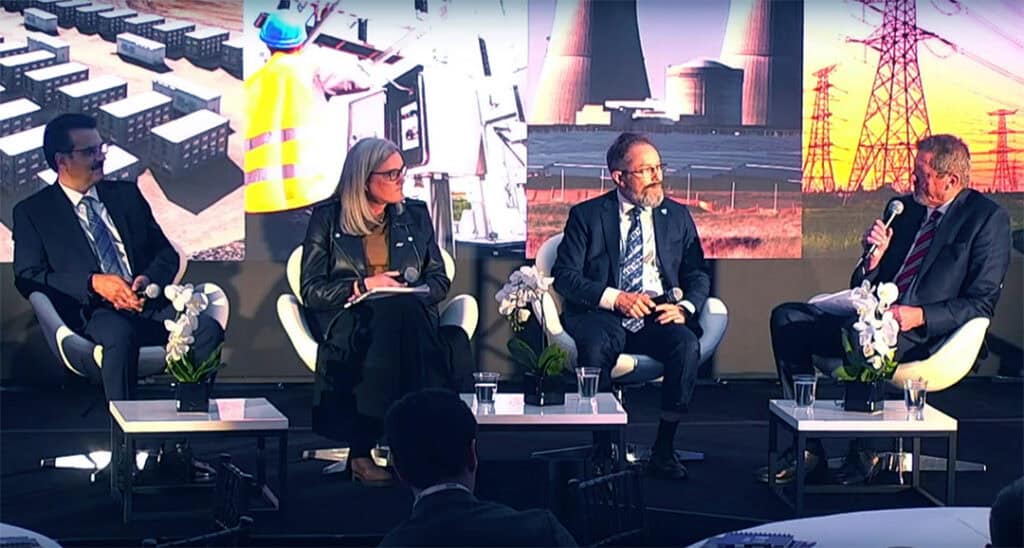
Balancing the Grid: The Role of Nuclear and Natural Gas
While renewables are essential to decarbonizing the grid, they can’t do it alone. Adrien Ford of Constellation Energy, the nation’s largest operator of carbon-free nuclear plants, emphasized the importance of maintaining a balanced energy portfolio. Nuclear and natural gas remain indispensable for ensuring energy grid reliability, especially as demand rises and extreme weather events become more frequent.
Nuclear energy stands out for its unmatched reliability, operating around the clock with a 95% availability rating. Unlike solar, which requires 12 GW to match the consistent output of just one GW of nuclear due to its intermittent nature, nuclear power is steady and resilient. It’s also increasingly vital for powering energy-intensive technologies like AI and data centers.
Natural gas also plays a critical role in complementing intermittent renewables. Constellation’s acquisition of Calpine, which includes low-carbon gas and geothermal assets, reflects a strategic focus on flexibility. Dual-fuel systems, capable of switching from natural gas to liquid fuels during cold snaps, enhance reliability when residential heating demands spike. Together, nuclear and natural gas provide the stability needed to support a rapidly evolving energy landscape.
Modern Threats Require Modern Defenses
The energy industry is facing an increasingly complex threat landscape. Physical attacks on substations, cyber intrusions, and the potential for electromagnetic pulse (EMP) events all pose serious risks to grid reliability. To address these challenges, the industry is taking a multifaceted approach to resilience.
On the physical security front, standards set by the North American Electric Reliability Corporation (NERC) are helping ensure that critical substations meet minimum protection thresholds. These include enhancements such as reinforced fencing and secure entry points, replacing outdated barriers that once left facilities vulnerable.
Cybersecurity is another major focus, especially for organizations like PJM, which are considered critical infrastructure and frequent targets of foreign adversaries. Their strategy emphasizes both prevention and recovery, including the use of air-gapped backup control systems that can quickly restore grid operations in the event of a cyberattack.
EMP threats are being addressed in varied ways across the industry. Some transmission owners have constructed EMP-hardened control centers, while others have opted to protect only their most critical equipment in EMP-proof rooms. These measures aim to ensure quick recovery even if primary systems are disabled.
Weathering the Storm: Upgrading Aging Infrastructure
Much of the grid’s vulnerability stems from aging infrastructure. Simply upgrading existing components to meet modern design standards, without completely redesigning the system, could significantly improve resilience. More advanced measures, like undergrounding power lines, are also being considered, though they come with higher costs for electric utilities.
While new power lines are added each year, a significant portion of the grid still relies on legacy structures that are increasingly showing signs of wear and corrosion. As these components age, they require more frequent and intensive maintenance. As noted by Michael Miller of Exo, a provider of infrastructure inspection, engineering, and remediation services, regular inspections reveal vulnerabilities that didn’t exist before, underscoring the need for more proactive upkeep.
The Case for Higher Standards in Distribution Systems
Another critical area of focus is the disparity in standards between transmission and distribution systems. While transmission lines are held to rigorous federal standards, distribution lines, which account for 92% of all power outages, are not held to the same reliability requirements. These lines, often built on wooden poles, are especially vulnerable during major storms.
The current National Electric Safety Code (NESC) is a safety code, not a reliability or resiliency code, and hasn’t seen a major update since 1941. To address this, industry experts are developing a new national standard: the Minimum Design Loads for Structures Supporting Overhead Power Lines. This standard introduces probability-based load calculations and aims to provide utilities with a more robust framework for designing stronger, more resilient infrastructure.
However, because distribution systems fall under state jurisdiction, adoption of these standards will require legislative action at the state level. The hope is that, over time, utilities will replace failed infrastructure with stronger alternatives rather than simply restoring what was there before, ultimately reducing long-term costs and improving system reliability.

Nuclear Energy: A Resilient Backbone
Nuclear energy continues to be a cornerstone of grid reliability, not only because of its consistent power output, but also due to its robust design and long-term potential. Nuclear facilities are engineered to withstand extreme natural disasters, including F5 tornadoes, and are equipped with multiple layers of backup systems, such as on-site diesel generators and mobile recovery units, to ensure operational continuity.
Beyond safety, nuclear power plants present a powerful opportunity to expand energy capacity. Many existing facilities are extending their operational lifespans, with some potentially reaching up to 100 years through license renewals and strategic upgrades to generators and reactors, boosting their output. These sites are also emerging as prime candidates for the deployment of small modular reactors (SMRs), which can capitalize on existing infrastructure and siting advantages.
Conclusion: A Call to Action
The path to a more resilient, reliable, and future-ready energy grid is clear, but it requires coordinated action, investment, and innovation. From updating outdated standards and modernizing aging infrastructure to embracing nuclear energy and defending against modern threats, the stakes have never been higher. As public expectations grow and energy demand surges, the time to act is now.
Discover how Bentley is helping modernize the energy grid with innovative infrastructure solutions. Explore our energy solutions page to learn more.
